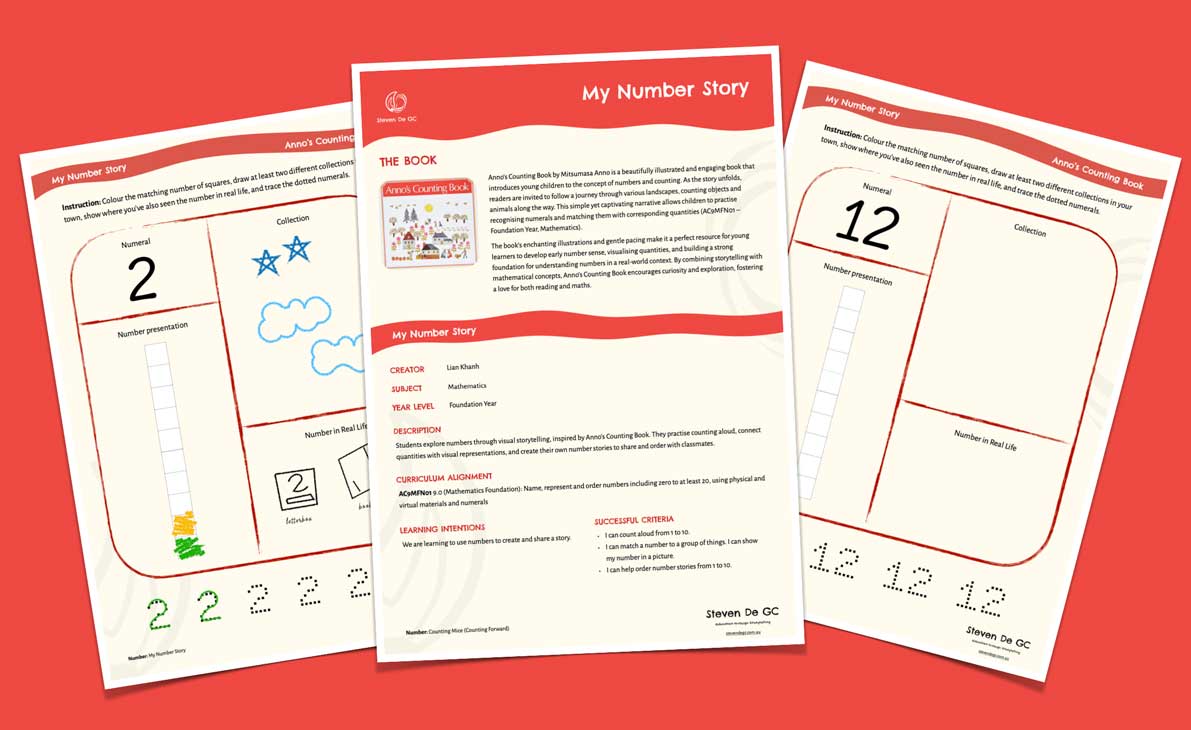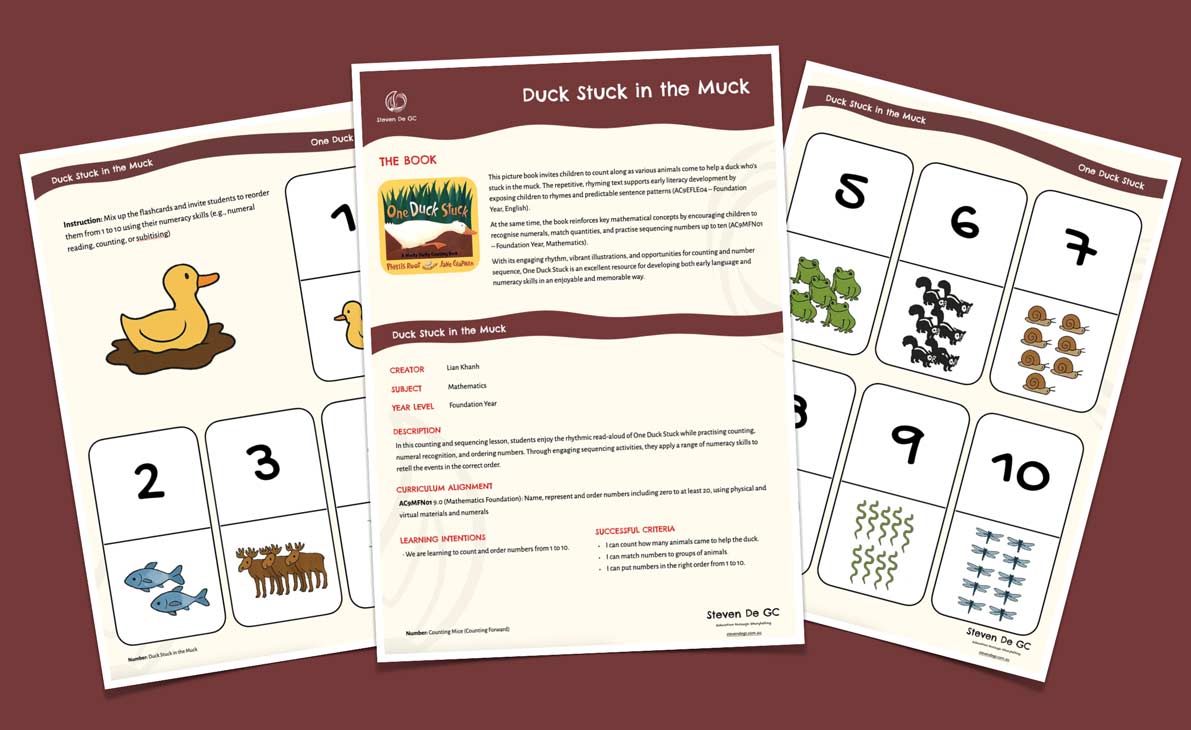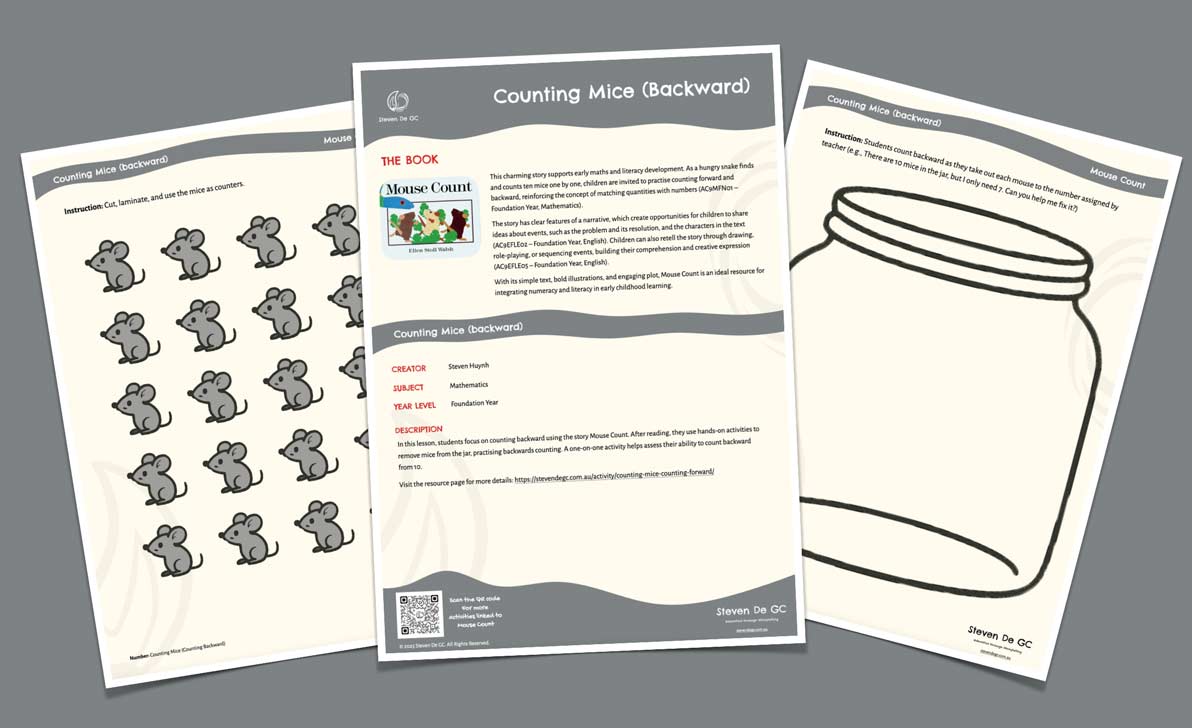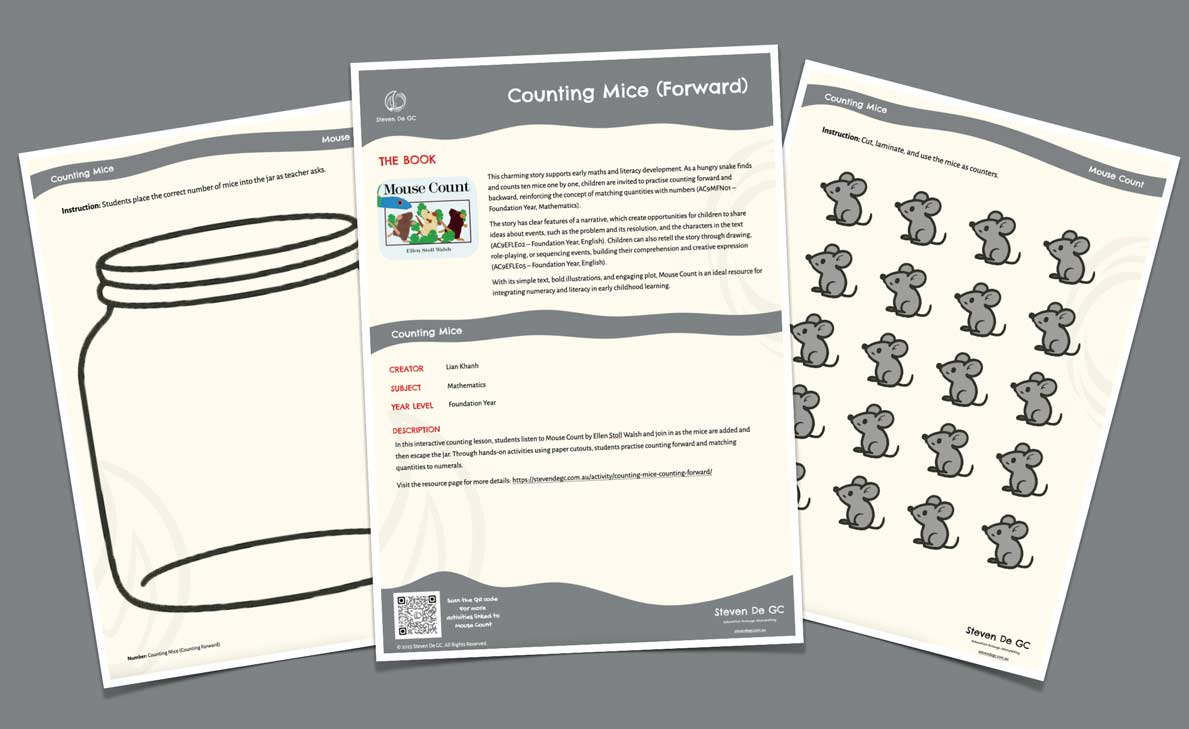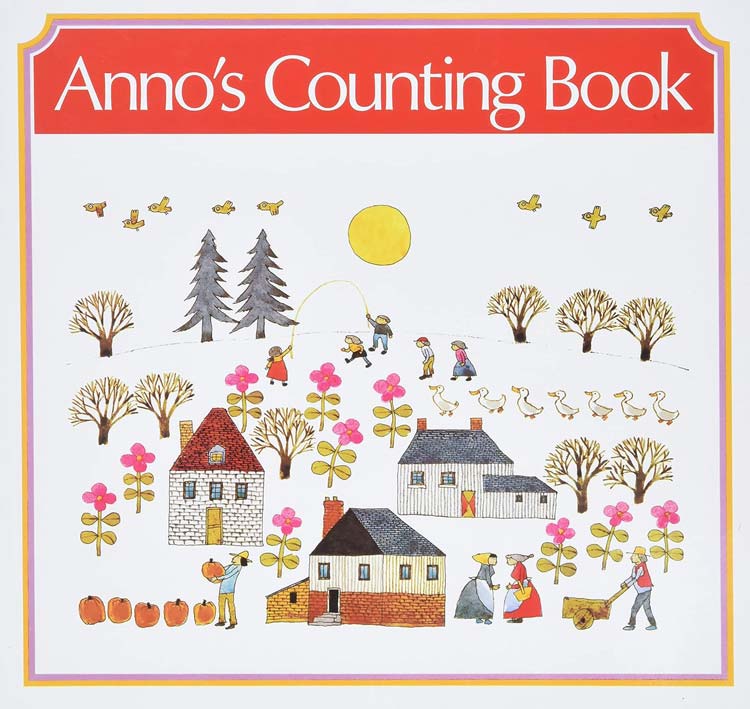$5 Off First Order + 5% Off After
Become a free registered member and get access to exclusive discounts, resources, and a community of like-minded educators.
Not sure yet? See what you’ll get: Member benefits
AC9MFN01
Name, represent and order numbers including zero to at least 20, using physical and virtual materials and numerals
Elaborations
• responding to a request to collect a quantity of objects or reading a numeral and selecting the associated quantity of items from a collection to match the number required; for example, collecting 9 paint brushes after hearing the word ‘nine’
• recognising the order in the sequence of numbers to (20) and identifying the number that is “one less” than a given number and the number that is “one more”; for example, playing instructive card games that involve reading and ordering number cards; using counting songs, story books and rhymes to establish the forwards and backwards counting sequence of numbers in the context of active counting activities
• understanding and using terms such as “first”, “second”, “third”, … “fifth”… to indicate ordinal position in a sequence; for example, creating a number track using cards with the numerals zero to (20) and describing positions using terms such as first, last, before, after, between
• recognising, writing and reading numerals written on familiar objects; for example, in images, text or illustrations in story books; writing a numeral on a container as a label to show how many objects it contains
• connecting quantities to number names and numerals when reading and reciting stories and playing counting games or determining and reasoning about the size of sets of objects within First Nation Australians’ instructive games; for example, Segur etug from Mer Island in the Torres Strait region




